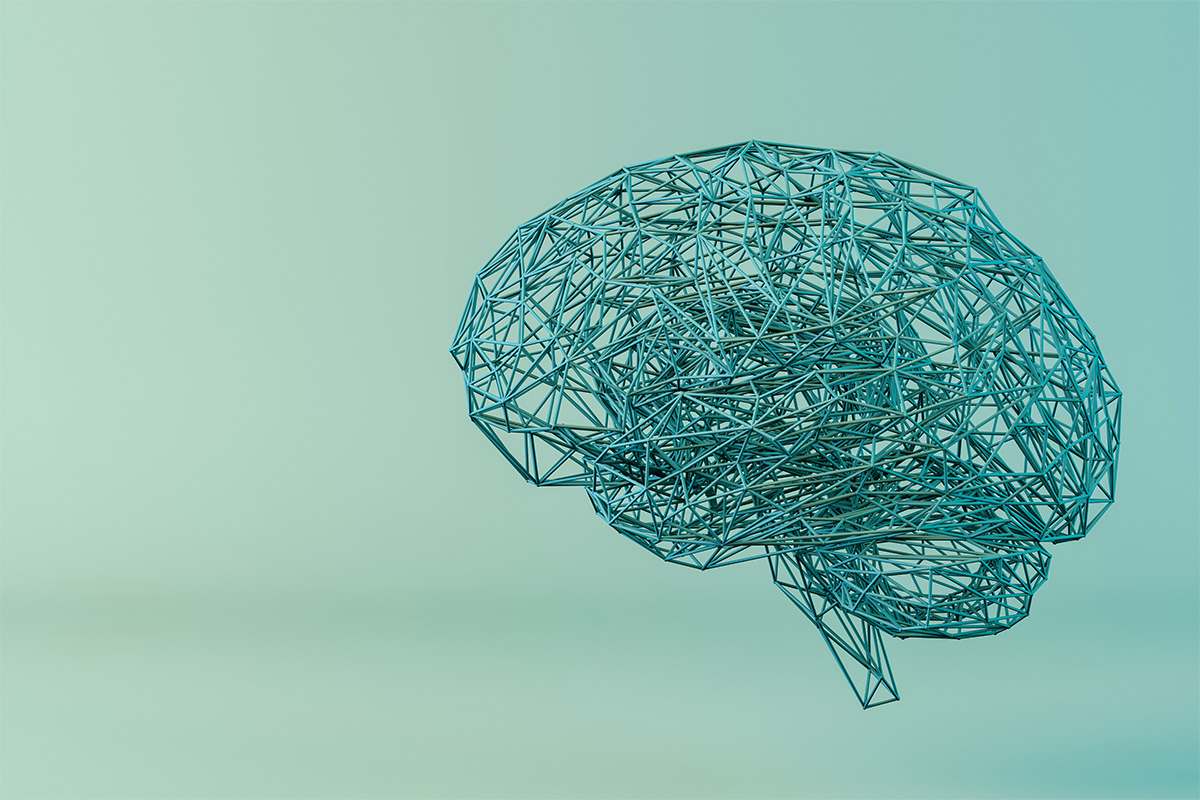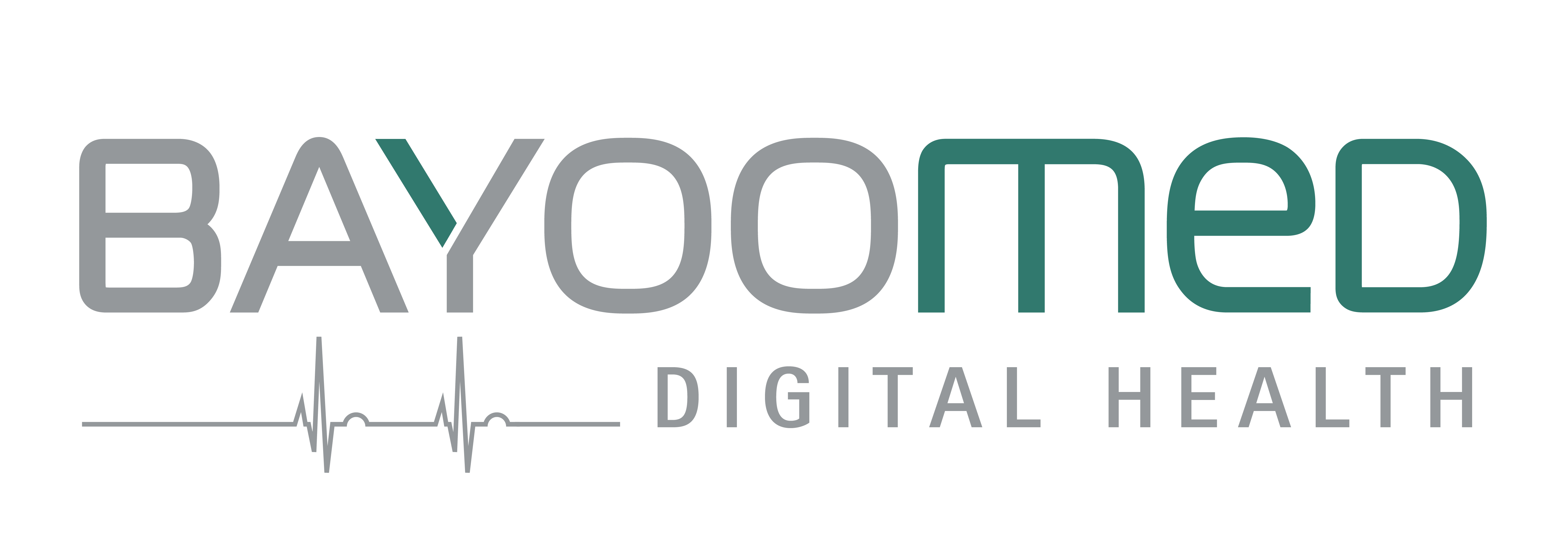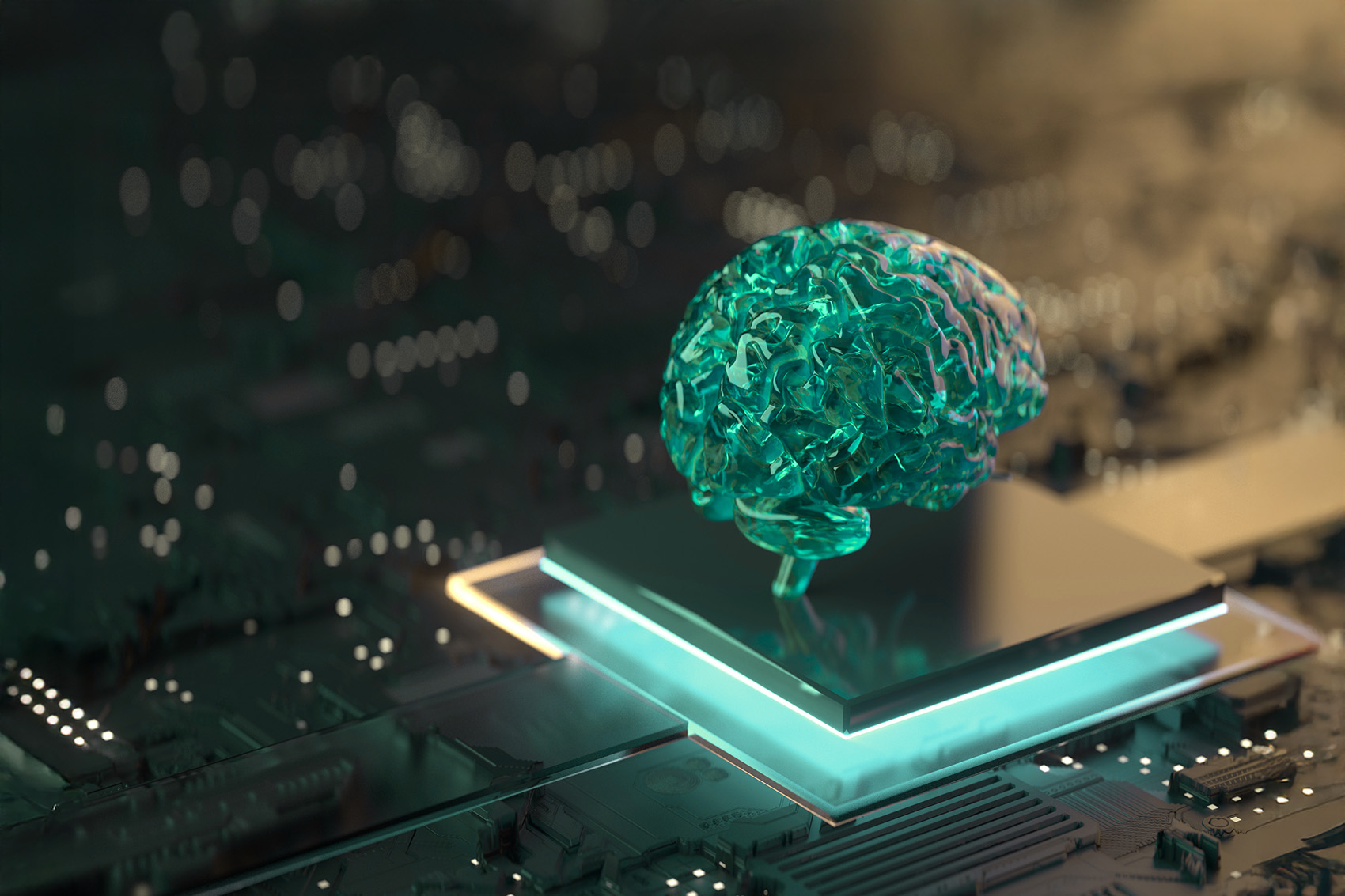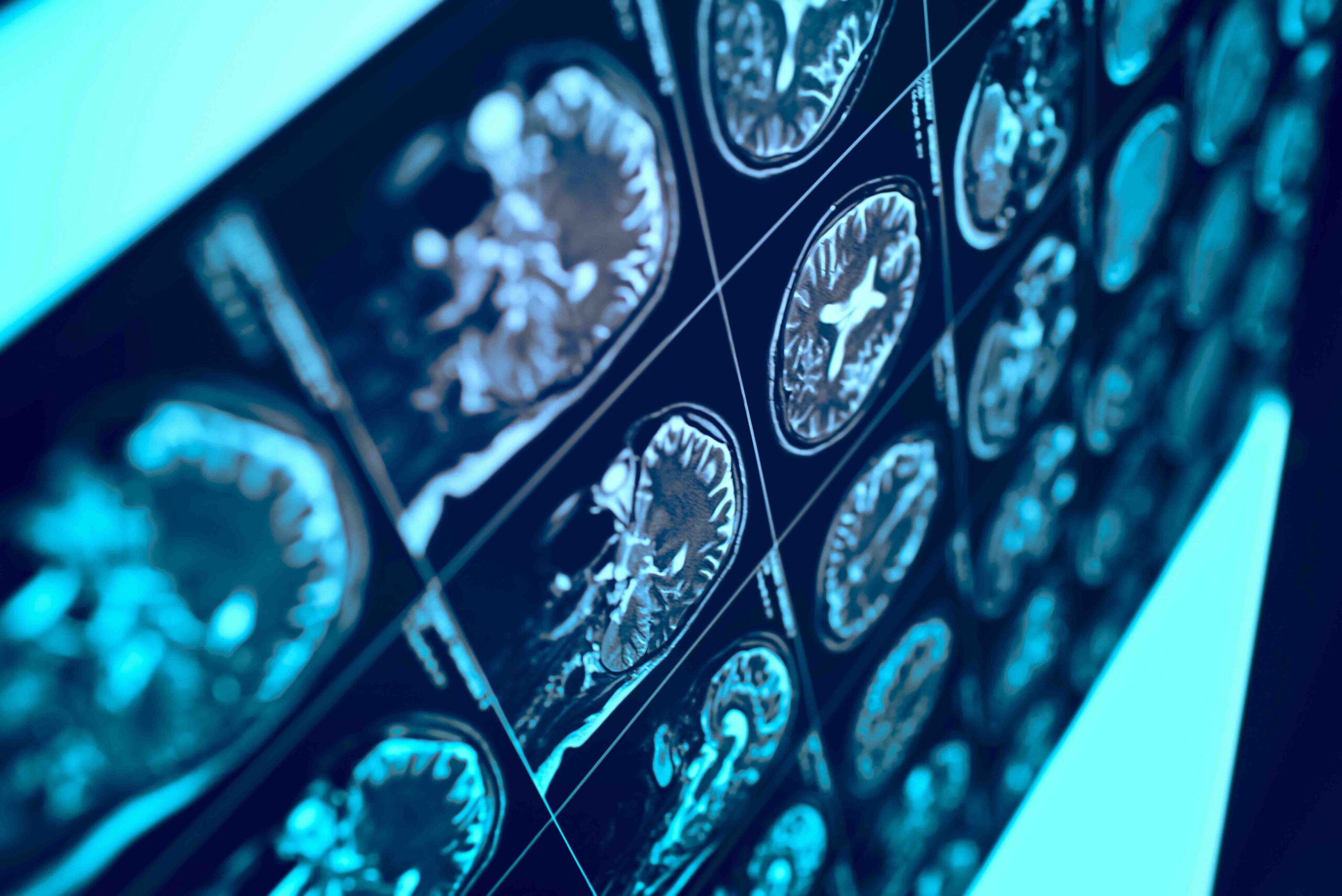Function, advantages and limitations of modern LLM extension techniques in comparison
Author: Sebastian Wittor Project Manager Medical Engineering at BAYOOMED Co-authors: Yussuf Kassem, Christian Riha Software Engineers at BAYOOMED
Large Language Models (LLMs) have revolutionized the world of artificial intelligence, but they also have their limitations. To overcome these and further improve the capabilities of LLMs, various techniques have been developed. One of the most promising is Retrieval Augmented Generation (RAG), but there are also other innovative approaches. In this chapter, we will take an in-depth look at these augmentation techniques, explain how they work and discuss their advantages and disadvantages.
More on the topic?
If you would like to delve even deeper into the world of large language models, you can find further articles by our experts here:
Retrieval Augmented Generation (RAG)
Retrieval augmented generation is a technique that combines the strengths of LLMs with those of information retrieval systems. It aims to improve the accuracy and timeliness of the answers generated by LLMs by incorporating external information sources into the generation process.
How RAG works
Application examples from RAG
- Intelligent diagnostic systems for more precise and context-related analysis of patient data
- Generation of personalized treatment recommendations
- Use as medical chatbots and assistance systems
- Pharmacovigilance systems for the identification of potential side effects or drug interactions.
- Medical documentation assistants
Advantages of RAG
Disadvantages of RAG

Few-Shot Learning
Few-shot learning is a remarkable capability of modern LLMs that enables them to learn and master new tasks with just a few examples. This technique has revolutionized the way we train and deploy AI models.
How Few-Shot Learning works
- The model is pre-trained with a broad knowledge base.
- For a new task, the model is presented with a few (typically 2-5) examples.
- The model uses its prior knowledge to recognize the patterns in the examples and apply them to new, similar cases.
Application examples of Few-Shot Learning
- Sentiment analysis in specific domains
- Classification of customer inquiries in new product categories
- Detection of anomalies in data sets with limited examples
Extended advantage: cross-domain generalization
Few-shot learning enables LLMs to transfer knowledge from one domain to another. This is particularly valuable in scenarios where data is scarce in one domain but abundant in a related domain.
Additional challenge: Selection of representative examples
The quality and representativeness of the few examples are crucial for the success of the Few-Shot Learning. The selection of these examples often requires human expertise and can significantly influence the performance of the model.

In-Context Learning
In-Context Learning is an elegant method that integrates examples and instructions directly into the input text to customize the model for specific tasks. This technique utilizes the ability of LLMs to understand and respond to context.
The process of in-context learning
- Formulation of the task as a natural language instruction
- Provision of examples within the input text
- Presentation of the actual task or question
Application scenarios for in-context learning
- Personalized text generation based on style examples
- Ad-hoc translations with domain-specific terminology
- Adaptation of chatbots to specific company guidelines
Extended advantage: Dynamic adaptability
In-Context Learning makes it possible to adapt the behavior of the model in real time without changing the model itself. This is particularly useful in situations that require quick adjustments, such as changing customer requirements or crisis situations.
Additional challenge: context limitation
The limited context size that LLMs can handle can limit the complexity and quantity of examples that can be used for in-context learning. This often requires careful selection and compression of the relevant information.

Continuous Learning
Continuous learning is an ambitious approach that aims to allow LLMs to continuously learn new information without forgetting previously learned knowledge. This technique is crucial for the development of AI systems that can adapt to a constantly changing world.
Strategies for continuous learning
Potential applications of continuous learning
- News aggregators that continuously adapt to new events and topics
- Medical diagnostic systems that keep pace with new research findings
- Financial models that adapt to changing market conditions
Extended advantage: Long-term relevance
Continuous learning promises to significantly extend the lifespan and relevance of LLMs by enabling them to keep pace with progress in different areas of knowledge without having to be completely retrained.
Additional challenge: Balancing stability and plasticity
One of the biggest challenges in continuous learning is finding the right balance between retaining existing knowledge (stability) and absorbing new information (plasticity). Too much plasticity can lead to catastrophic forgetting, while too much stability limits adaptability.

Conclusion
These advanced learning techniques significantly expand the possibilities of LLMs and open up new fields of application. They enable a more flexible, efficient and sustainable use of AI in a wide range of areas, from research to practical applications in companies and everyday life. The continuous development of these methods will undoubtedly play a key role in the future evolution of artificial intelligence.
AI milestone: the importance of LLMs for our digital future
The development and application of Large Language Models marks a significant milestone in the history of artificial intelligence. From their basic architecture to advanced extension techniques such as RAG, LLMs have fundamentally changed the way we interact with technology and process information.
LLMs in the healthcare sector: Efficiency without data protection risks
The enormous potential of this technology is particularly evident in the healthcare sector. Offline LLMs make it possible to take advantage of advanced AI systems without jeopardizing patient data protection and privacy. From assisting with diagnosis and personalizing treatment plans to promoting medical research – the potential applications are diverse and promising.
Between innovation and responsibility: challenges in the use of LLM
At the same time, we are facing important challenges. The balance between performance and data protection, the ethical implications of using AI in sensitive areas and the need for robust regulations are just some of the aspects that need to be addressed.
A look into the future: multimodality, continuous learning and more
The future of LLMs promises further exciting developments. With techniques such as few-shot learning, in-context learning and continuous learning, these systems are becoming increasingly adaptable and versatile. The integration of multimodal capabilities could lead to even more intuitive and comprehensive AI assistants.
LLMs as a mirror of human creativity and collective progress
Ultimately, it is up to us to design and use these powerful tools responsibly. With the right approach, LLMs have the potential to not only increase efficiency in many areas, but also solve complex problems and provide new insights that benefit society as a whole. As we look to this exciting future of artificial intelligence, it is important to keep both the opportunities and the challenges in mind. LLMs are not just a technological tool, but a reflection of our own creativity and pursuit of knowledge and progress. With the right balance between innovation and responsibility, they can become a powerful instrument for positive change in the world.



